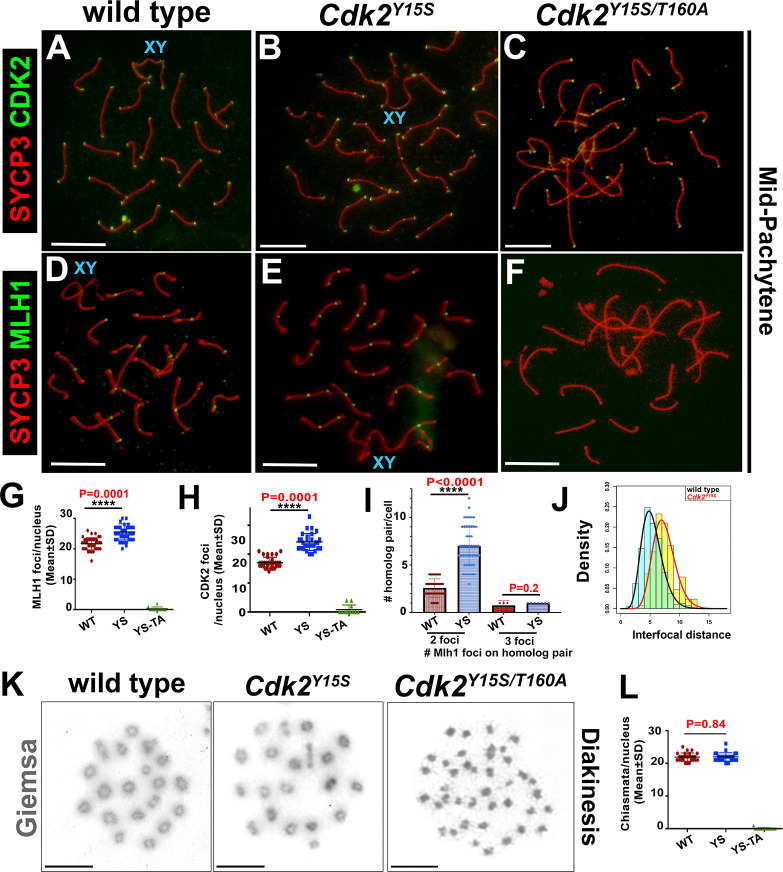Fig 7. Analysis of MLH1 dynamics in Cdk2Y15S and Cdk2Y15S/T160A spermatocytes.
Chromosome spread preparations from pubertal (postnatal day 25) testes immunostained for CDK2 or MLH1 (green) and SYCP3 (red) are shown for WT (A,D), Cdk2Y15S (B,E), and Cdk2Y15S/T160A (C,F) pachytene spermatocytes. Interstitial CDK2 and MLH1 foci can be detected in Cdk2Y15S, but not Cdk2Y15S/T160A, spermatocytes, which do not reach the equivalent meiotic stage. Images are representative of at least 20 nuclei imaged at equivalent stages. Identical staining patterns were confirmed in at least 3 biological replicates. Scale bars = 5 μm. Quantification of MLH1 foci, CDK2 foci, and frequency of homologs with 2 or 3 foci in indicated genotypes are shown in panels G, H, and I, respectively. Gamma distribution analysis of MLH1 foci along bivalents (J). Giemsa staining of diakinesis preparations from WT and Cdk2Y15S/Y15S gonads showing comparable chiasmata with 20 bivalent chromosomes in either genotype (K). Chiasmata numbers for each cell as well as average counts (+SD) for WT and Y15S are shown in (L). Data from age-matched WT animals are shown for comparison. Individual points are pooled from at least 3 biological replicates; error bars are representative of SD. Interfocus distances between MLH1 foci on (chromosomes with >1 MLH1 focus) are quantified for each genotype in panel J for WT and Cdk2Y15S spermatocytes. The underlying data for (G, H, I, J, L) can be found in S1 Data. CDK2, cyclin-dependent kinase 2; MLH1, MutL homolog 1; SD, standard deviation; SYCP, synaptonemal complex protein; WT, wild-type; YS, CDK2Y15S genotype; YS-TA, CDK2Y15S/T160A genotype.

